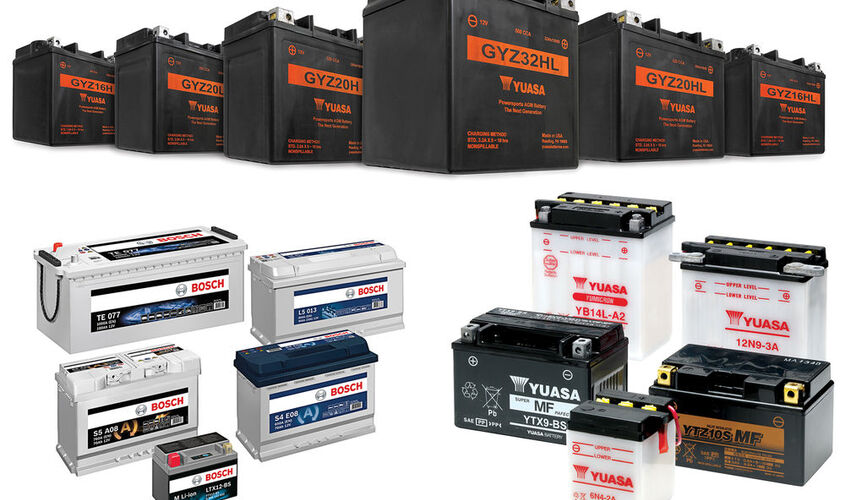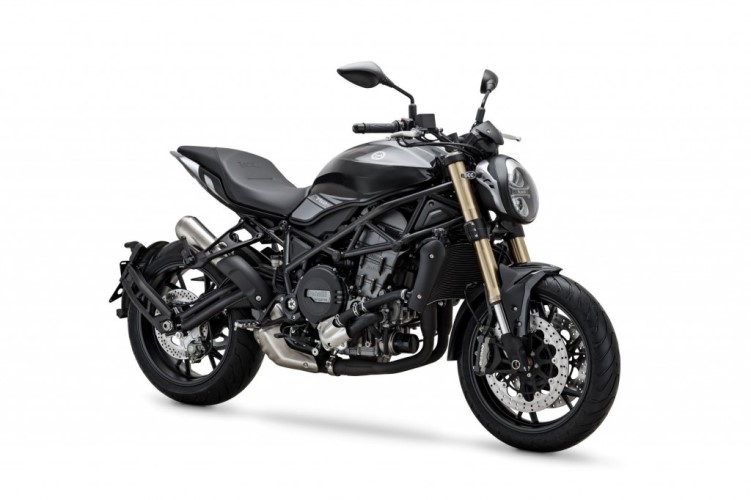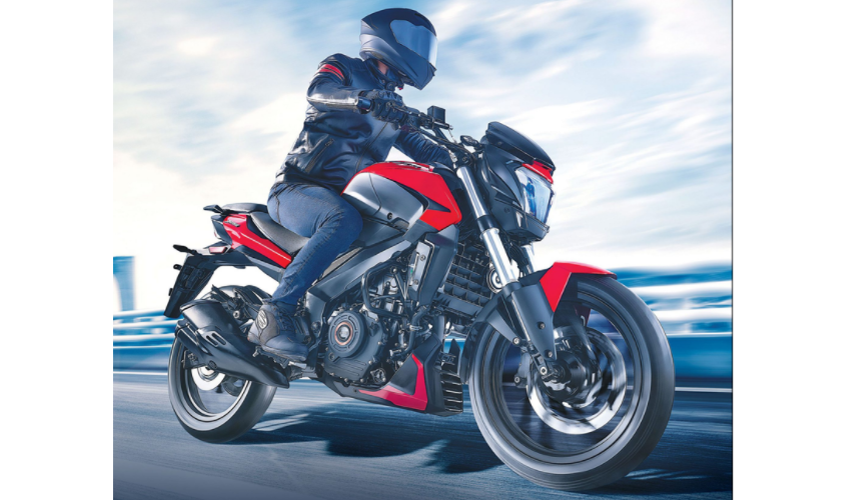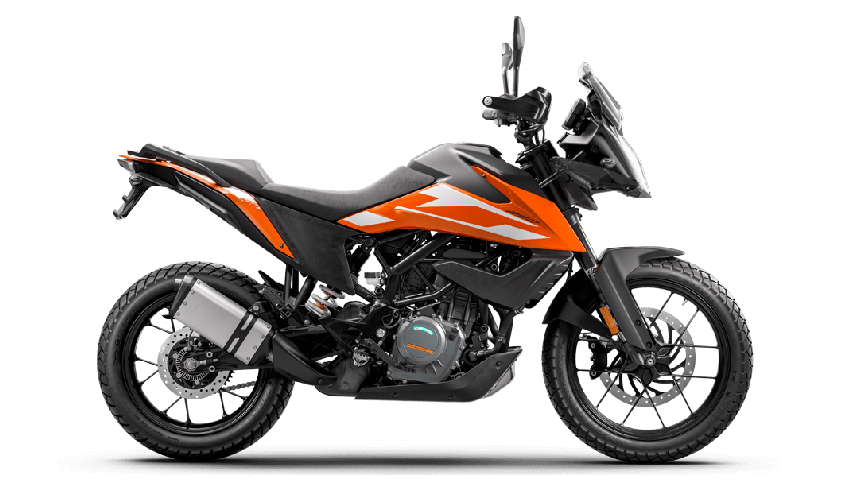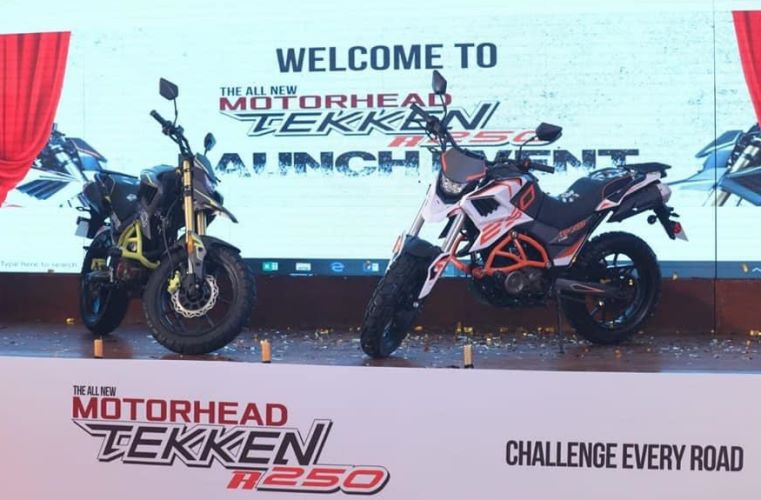
Tips to Ride Safe During Rainy Season
"Driving in the rain, on the other hand, is only fun if extra caution is maintained."
Driving in the rain, on the other hand, is only fun if extra caution is maintained. Riding a motorbike during the monsoon requires some effort and attention in order to keep you safe and dry.
As a rider, you are indeed sensitive to harsh weather conditions, which is why you should keep a few guidelines in mind when riding to keep yourself safe during the rainy season.
Don’t Over-speed
Riding on wet roads causes you to lose traction, resulting in less control over your motorbike.
It is safe to drive slowly so that they can see where they're going and do not compromise the safety of other people on the roads as well.
Also, it is best not to ride after several days of dry weather because when it rains, the oil and dirt from the road combined with the water, creating a slippery mixture that has caused many two-wheelers to crash.
If feasible, wait for at least a half-hour of hard rain to wash away this lethal mixture. If not, it is recommended to ride slowly.
Keep the Lights On
You must be able to see well as well as be seen clearly during the rainy season.
Keeping the lights on can also assist other drivers in identifying your car and maintaining a safe distance.
Also, Wearing high-visibility clothing and affixing a decent quality reflector strip to the back and front of the motorcycle will help you be seen better at night.
Moreover, just be careful not to shine a high beam directly into the path of an oncoming vehicle, since this might momentarily blind the driver and cause an accident.
Avoid flooded roads
Water may severely harm your engine, thus it is recommended to avoid driving on wet roads. While riding, make sure to use modest throttle so that no water enters the exhaust pipe.
Do not stop in a flooded area unless absolutely necessary. Waterlogged roadways may conceal exposed manholes or potholes that you are not aware of.
Maintain a constant speed while you bike across the patch. If your bike stalls, simply get down and push it out of the flooded path.
Maintain Distance
Do not continue to focus on a vehicle. There may be potholes that the vehicle misses, and you may be the one to notice them.
In addition, water splashed by the car's back wheels might restrict your visibility even more, perhaps leading to an accident.
Moreover, allow enough space for other cars (and yourself) to look ahead and avoid a collision.
Although visibility is reduced and the roads are wet, you can't immediately slam on the brakes and pull up in a moment, believing the cars behind you would do the same.
Don’t miss the monsoon gear
Due to the loss of traction during the monsoon, riders are more prone to skids and crashes, making them more vulnerable to accidents.
As a result, it is strongly advised that riders wear appropriate monsoon gear when riding. Riders can wear full-face helmets with good seals to prevent water from entering the helmet.
If the visor has too many scratches, replace it before the monsoon. It is also advised that you get a waterproof riding jacket and trousers, which will keep you dry.
Moreover, if you want to ride long distances, you may also get riding boots, knee and elbow padding, and riding gloves.
Also Read:
Motorcycles Launched in Nepal 2021 | Update |
SUVs launched in Nepal 2021
Foods that nourish your skin and hair
Scholarship Programme for Students who lost their support in COVID-19 | DishHome |
Home Remedies for Swollen Legs
Basic bicycle repairs you need to know
Simple ways to improve ventilation at home
Updated Price of Renault Cars in Nepal
DFSK has announced its new year offer



